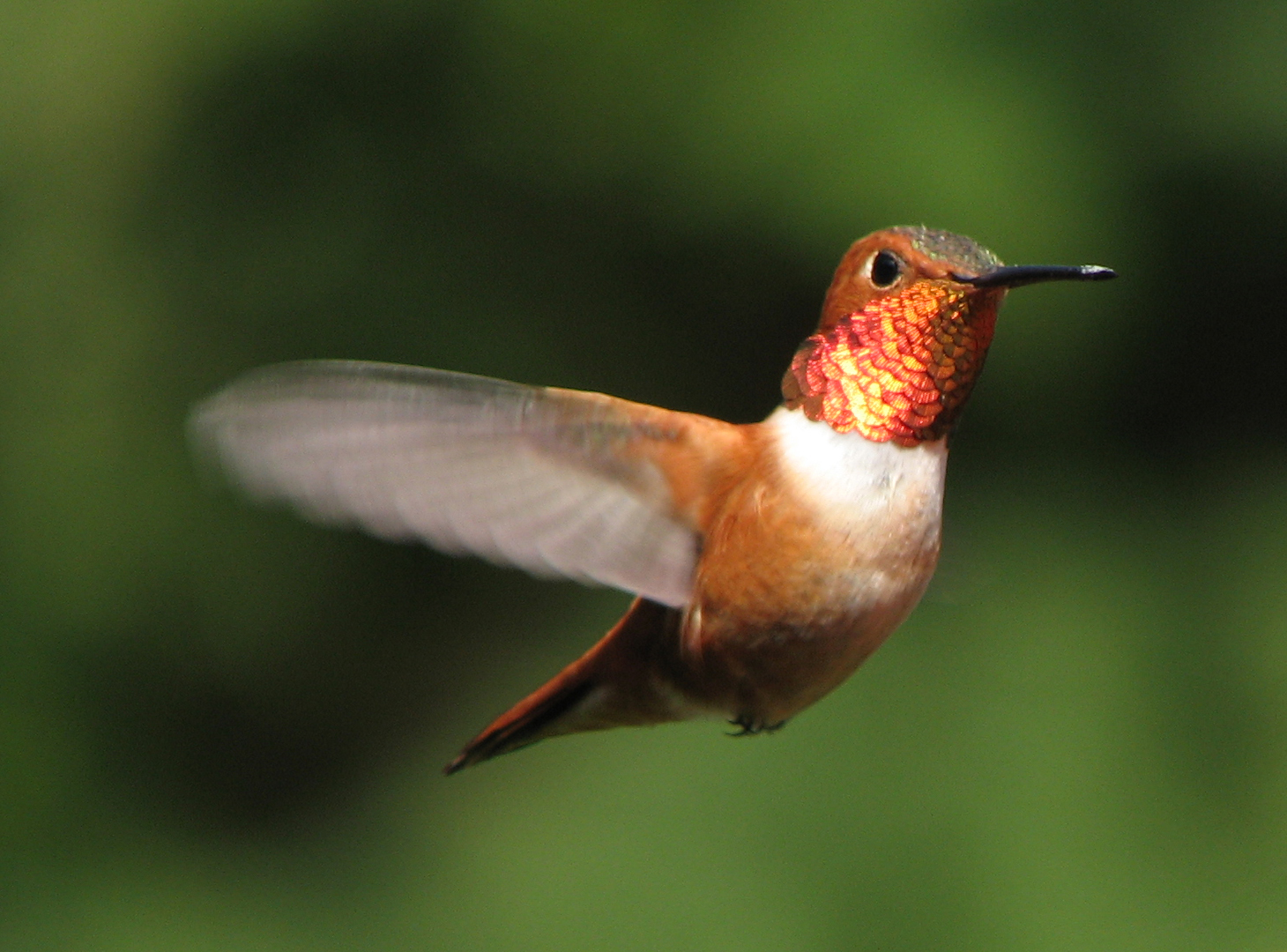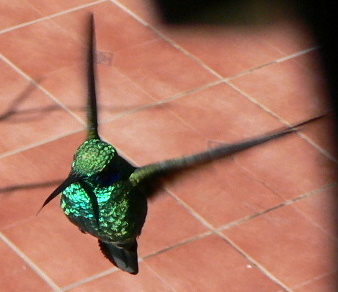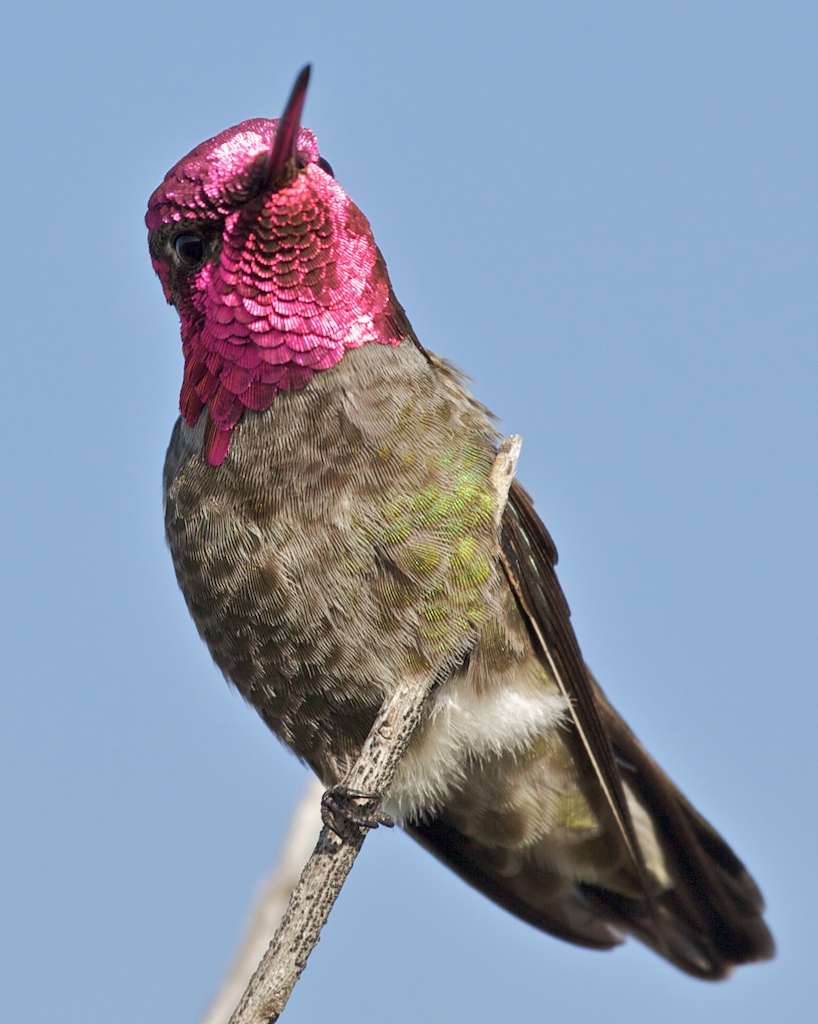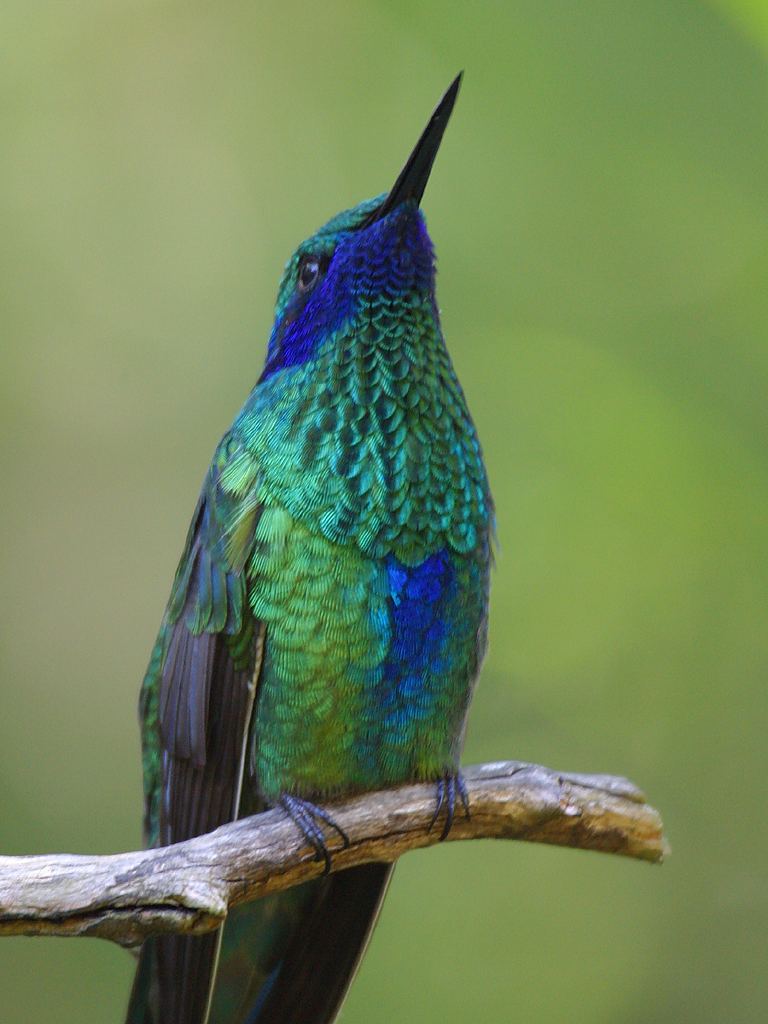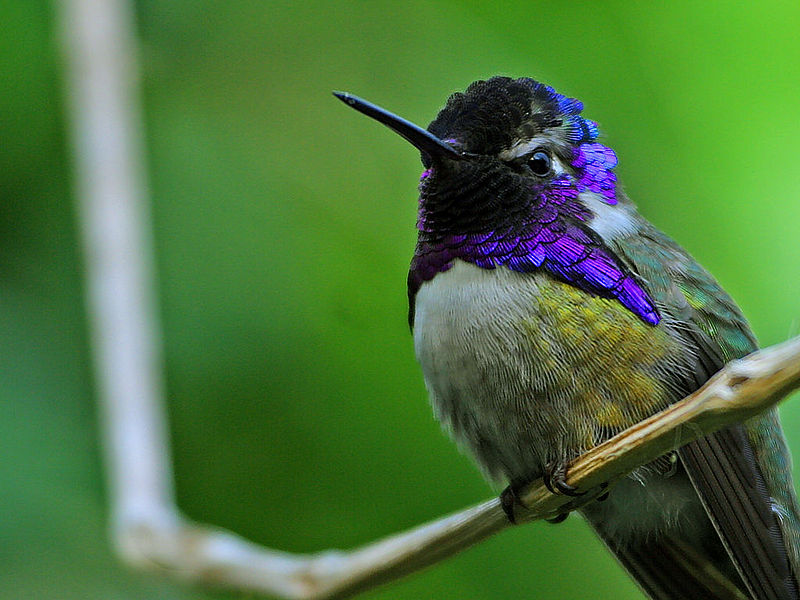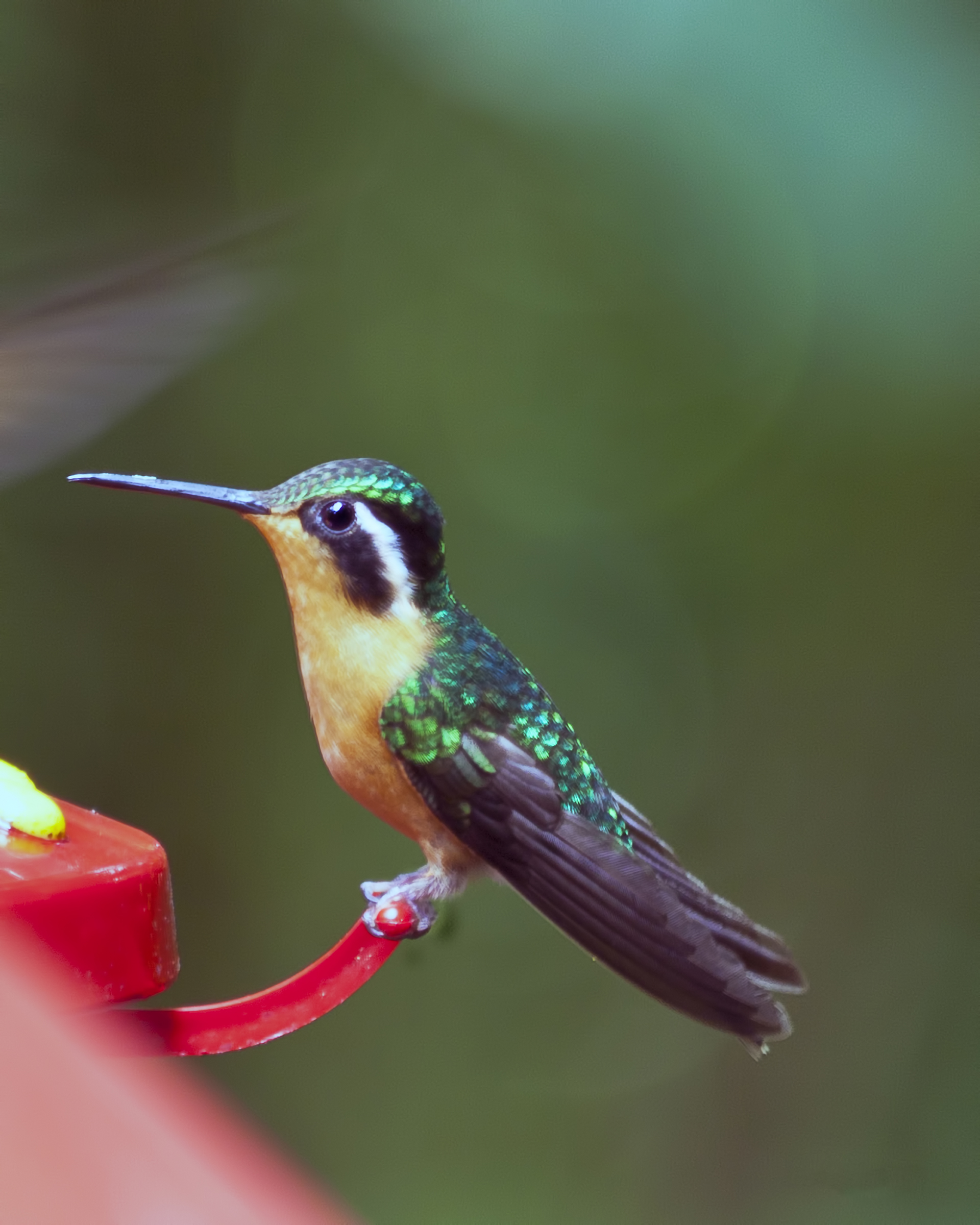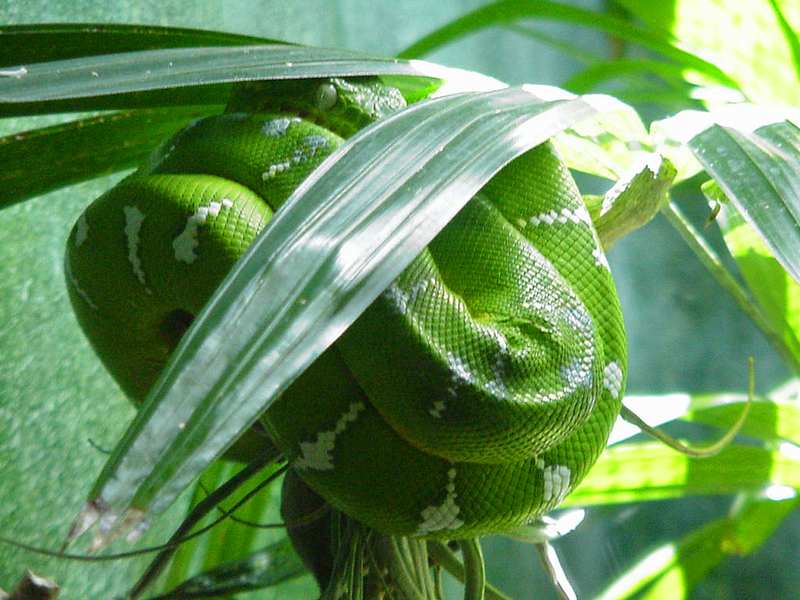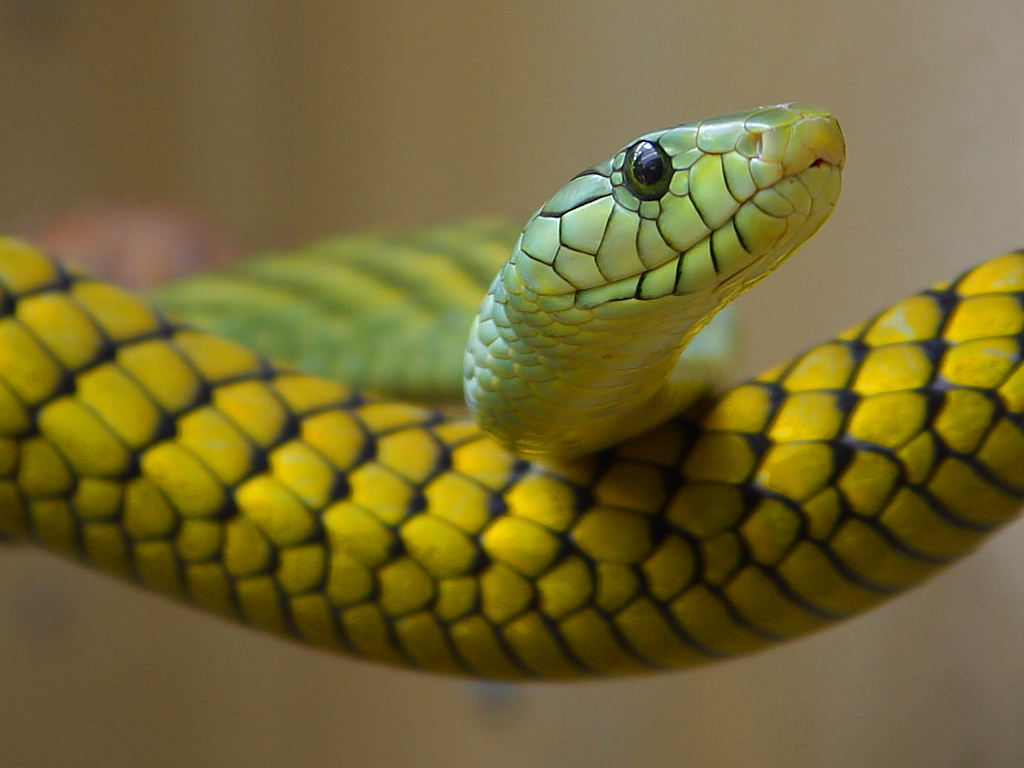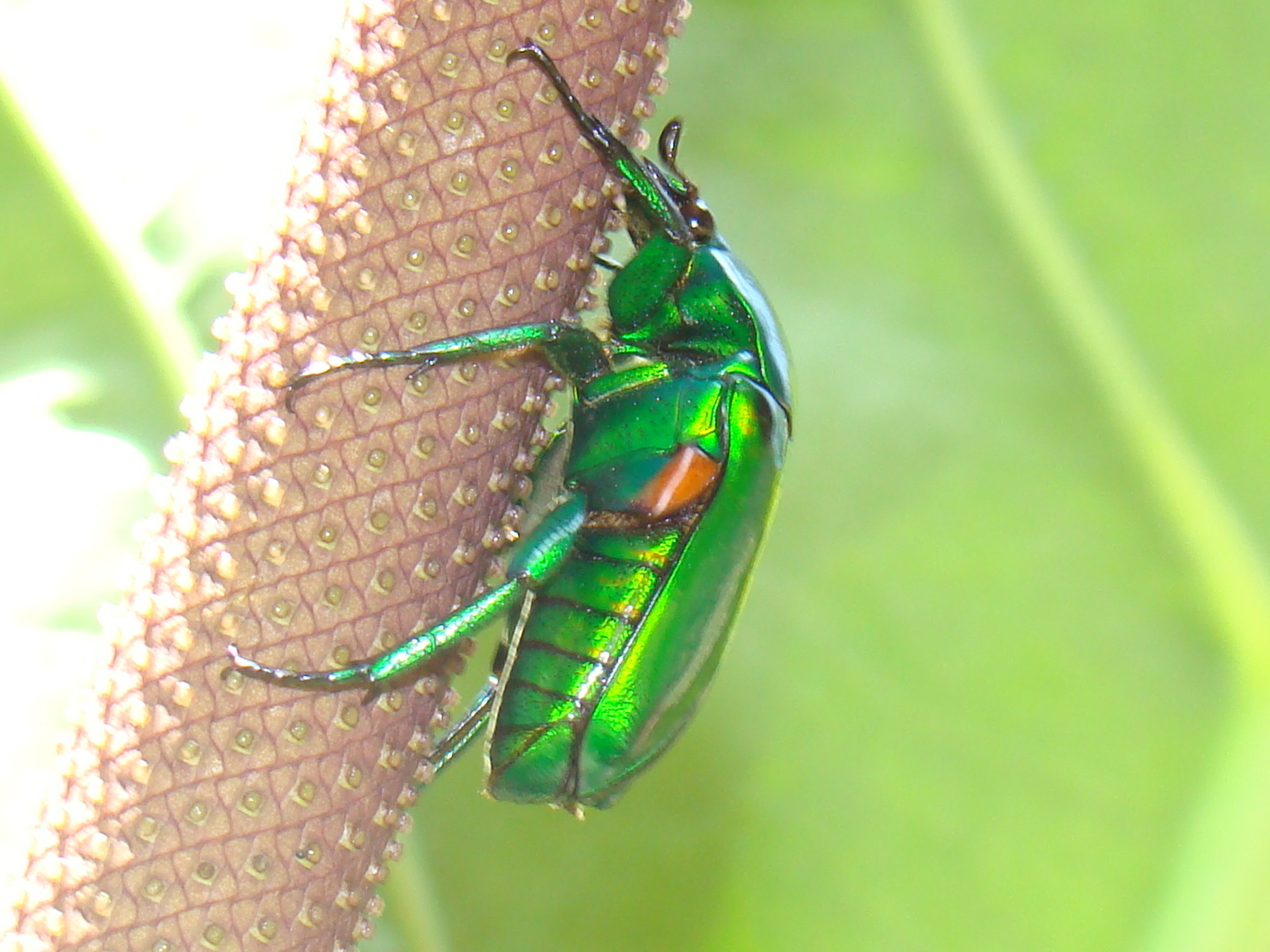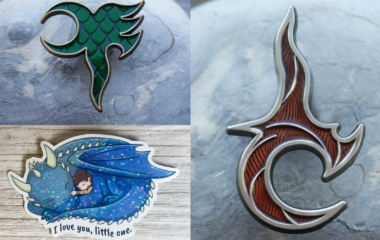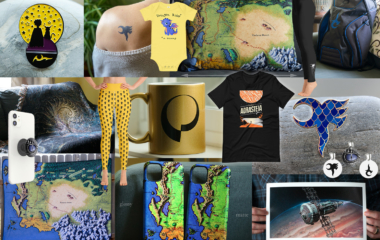Dragons are cool! I became interested in them for many of the same reasons that boys everywhere get interested in dinosaurs. They’re big! They fly! They breathe fire! And sometimes they can talk (well, not dinosaurs, but, you know)! What’s not to like?
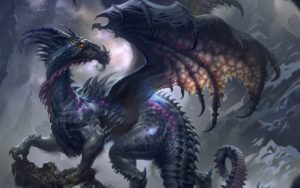
One of the most enjoyable aspects of writing the Inheritance Cycle was that it gave me an excuse to read lots and lots of books about dragons and to learn how they were portrayed in different cultures and eras. Many different traits have been attributed to dragons, but to me, the most interesting one is the link between dragons and the health of the land. Throughout history, dragons have been associated with the creation, well-being, and eventual destruction of the world, as with the Midgard serpent of Norse mythology. This association is unique among imaginary creatures, and it lends the presence and actions of dragons a weight that would otherwise be missing. In all, they present a rich, dramatic opportunity for storytellers.
Because dragons don’t actually exist—which is fortunate, because if they did, they would eat us like popcorn—whatever you or I think of them is true: they have no reality beyond a collection of far-fetched and contradictory tales. Therefore, when I set out to write Eragon, I described my dragons the way I thought they should be, regardless of whether my choices agreed with established traditions. Here are some of my thoughts:
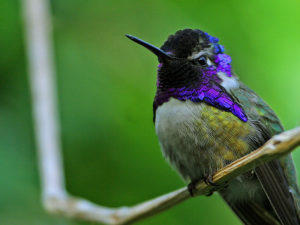
- The vivid, iridescent, reflective nature of the dragon scales in the Inheritance Cycle was inspired by hummingbird feathers, beetle carapaces, and snake scales found in our world. I envision Saphira with brilliant sapphire-blue scales that are polished to a mirror-like sheen. I think of her as beautiful, but in a traditionally reptilian way.
- The Inheritance Cycle dragons are each born with an Eldunarí, a crystalline sphere able to receive the consciousness of its owner. This precious object is made of the same substance as dragon scales and is lodged deep inside the dragon’s body.
“When a dragon hatches, their Eldunarí is clear and lusterless. Usually it remains so all through a dragon’s life and dissolves along with the dragon’s corpse when they die. However, if we wish, we can transfer our consciousness into the Eldunarí. Then it will acquire the same color as our scales and begin to glow like a coal. If a dragon has done this, the Eldunarí will outlast the decay of their flesh, and a dragon’s essence may live on indefinitely. Also, a dragon can disgorge their Eldunarí while they are still alive. By this means, a dragon’s body and a dragon’s consciousness can exist separately and yet still be linked, which can be most useful in certain circumstances. But to do this exposes us to great danger, for whosoever holds our Eldunarí holds our very soul in their hands. With it, they could force us to do their bidding, no matter how vile.” Glaedr, Brisingr, page 628
Thus, it is a great honor and the ultimate sign of trust when a dragon chooses someone to safeguard their Eldunarí before death. Generally, one should not presume to ask a dragon if they have entrusted their heart of hearts to another, but it is acceptable for a Rider to ask his or her dragon if they have. A dragon that has chosen to live on in its Eldunarí will retain all the wisdom and powers, mental and magical, that they had before the death of their body.
- Dragons sight is based on how I see. I am somewhat colorblind: purples look blue, reds are muted, and some greens look brown—or so I am told. Yet how I perceive the world is normal to me. As with Saphira, the world is awash with a blue tint, and strong blues really pop.
- My dragons are telepathic because I wanted them to be as smart or smarter than any human. But I didn’t want them talking with their lips; that just seemed silly. So, telepathy it was.
Besides the loose ends I deliberately left at the end of Inheritance—as a setup for Book Five—there are a couple dragon-related questions I can answer.
Readers have asked why Saphira didn’t hatch for Eragon right away. Saphira knew instantaneously that she would hatch for Eragon, but she was wary because she wanted to be sure that it wasn’t some elaborate trick of Galbatorix to fool her into hatching for him. He had held her egg for eighty some years and had tried numerous schemes to force her to emerge. Also, Saphira was somewhat aware of the trauma surrounding Arya’s capture, so she was very cautious, wanting to make sure that it was safe for her to appear.
And what happened to Glaedr and Oromis’ remains following their defeat? Well, after Glaedr’s body was killed by Thorn, the elves recovered his flesh and bones along with the corpse of Oromis. They buried them close to Gil’ead and sang a stand of oak trees into existence over their bodies. I was going to write this scene in Inheritance, but the book was getting too long, so my editor decided that I shouldn’t include it.
I love dragons and I miss writing about them. They are old and dangerous and powerful; even when I showed Saphira being silly, I never lost sight of that. Sometimes I think that the ancient legends had it right; real dragons are the forces of creation and destruction, forces so great that we can’t even see them properly, but only give them names and hope that they never choose to bend their gaze our way.
For compared with dragons, we are small and crunchy and good with ketchup.

